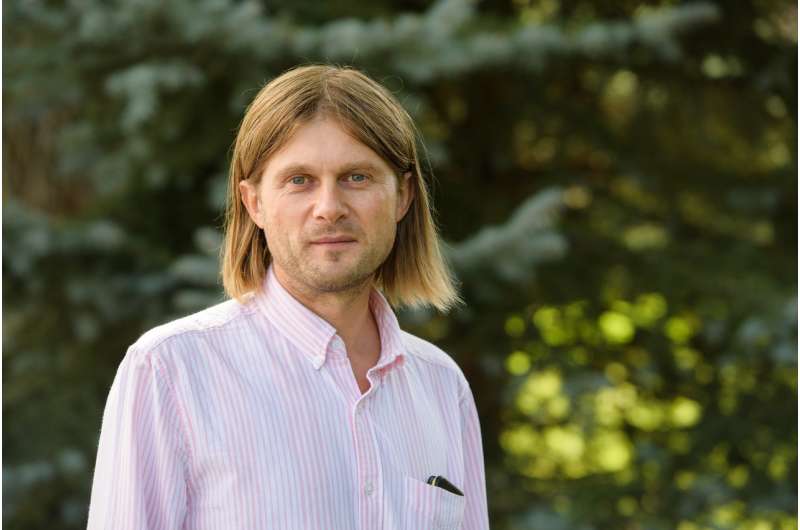Global research team fills language gap in plant science

To keep pace with the fast-evolving study of cellular plant science, an international team of researchers has created terminology and definitions likely to become everyday language in laboratories and university classrooms worldwide.
Directed by plant cell biologist Andrei Smertenko of Washington State University, the group of 22 scientists developed a glossary of terms that puts scientists—ranging from plant biologists and botanists to biochemists—on the same page.
In a current article published in the journal Trends in Cell Biology, the authors put forth a lexicon that identifies certain structures and processes associated with the last phase of cell division in plants, called cytokinesis.
The rate of emerging ideas and insights related to cytokinesis was outpacing the language to convey them, said Smertenko.
"Certain cytokenetic structures and processes were being referred to by different words and with slightly different definitions. This was generating confusion among experts and students alike," he said.
Cytokinesis occurs when the parent cell builds a wall that separates the two daughter cells. Until now, no uniform vocabulary existed for the phragmoplast stage, when a scaffold-like structure forms to support construction of that wall, known as the cell plate.
"To foster further research in the field and ensure that students are taught correctly, we came up with exact words to convey precise meanings," Smertenko explained.
One of those words is "disk phragmoplast," which scientists had been calling by at least three different terms, he said.
The paper's authors, from countries including the United States, the Czech Republic, Greece and Japan, reached a consensus on 34 terms and definitions by exchanging numerous emails and talking by phone.
"We had long discussions with some heated debates. When you work on something so closely and get used to calling it by a certain term, letting go can be hard," Smertenko said.
A deeper understanding of cytokinesis could accelerate the breeding process in trees for production of materials that would substitute oil and natural gas. This approach would also reduce mounting pressure on existing natural forests and reduce carbon dioxide concentration in the atmosphere.
More information: Andrei Smertenko et al. Plant Cytokinesis: Terminology for Structures and Processes, Trends in Cell Biology (2017). DOI: 10.1016/j.tcb.2017.08.008 , www.cell.com/trends/cell-biology/pdf/S0962-8924%2817%2930145-9.pdf
Provided by Washington State University



















